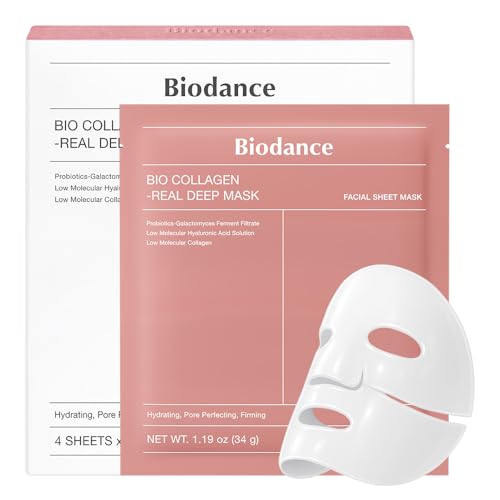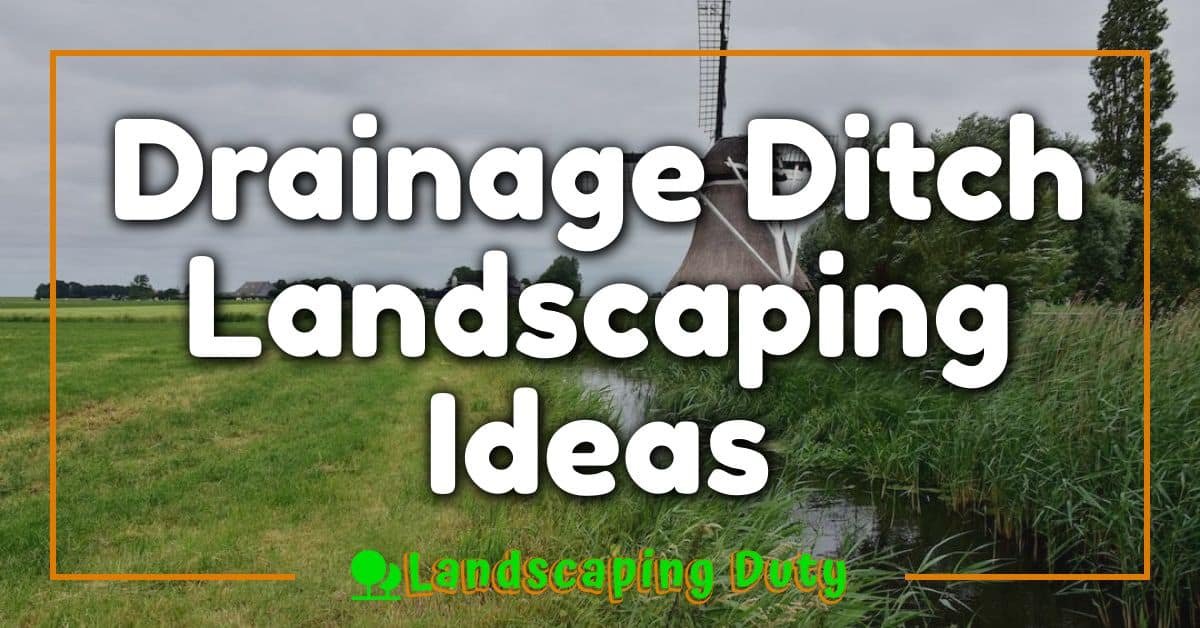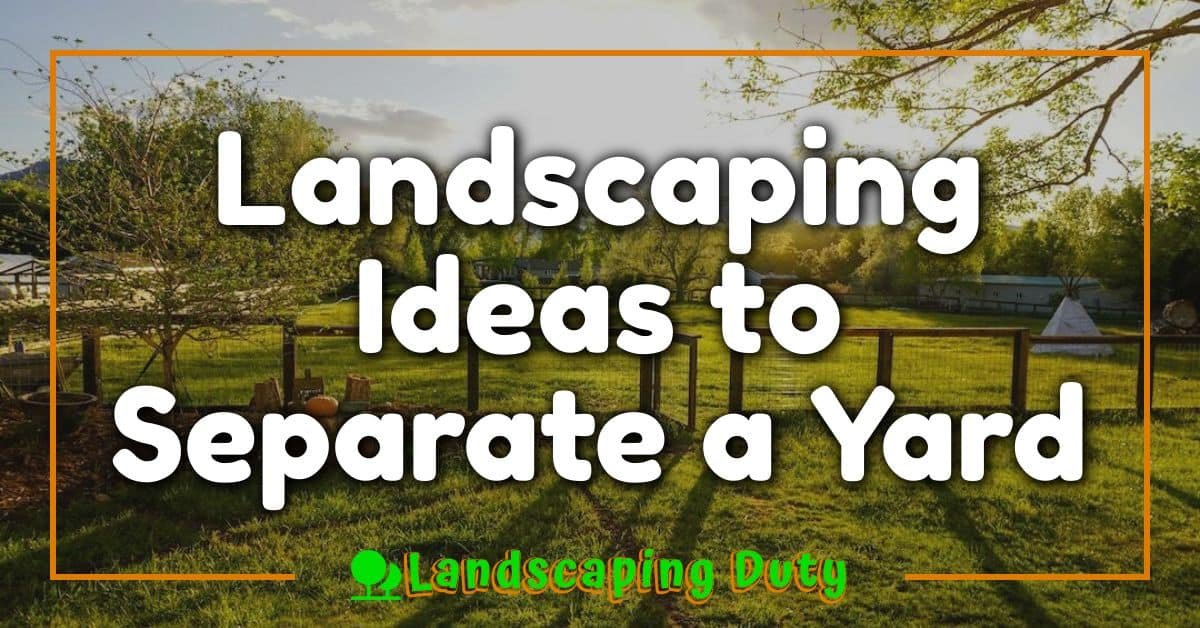If you’re looking to create a safe and attractive play area in your garden, you might be wondering if you can use landscape bark. The answer is yes, you can use landscape bark for play areas, but it’s important to choose the right type of bark and take certain safety considerations into account. In this article, we’ll explore the benefits of using landscape bark in play areas, how to choose the right type of bark, and some tips for designing and installing a play area with landscape bark.

Using landscape bark in your play area has several benefits. It provides a soft and cushioned surface for children to play on, which can help prevent injuries from falls. It also helps to suppress weed growth, retain moisture in the soil, and regulate soil temperature. Additionally, landscape bark can enhance the aesthetic appeal of your play area by adding texture and color to the landscape.
Key Takeaways
- Landscape bark can be used in play areas to provide a soft and cushioned surface for children to play on.
- When choosing landscape bark for your play area, it’s important to consider safety factors such as size, depth, and maintenance.
- Designing and installing a play area with landscape bark requires careful planning and attention to detail.
Benefits of Using Landscape Bark in Play Areas

https://www.youtube.com/watch?v=9fsfenPqzCo&embed=true
If you are considering using landscape bark in your play area, there are several benefits to keep in mind. Here are some of the most important ones:
Safety and Comfort
One of the biggest advantages of using landscape bark in play areas is that it provides a safe and cushioned surface for children to play on. Unlike hard surfaces like concrete or asphalt, landscape bark can help prevent injuries from falls by providing a soft landing surface. Additionally, landscape bark does not get as hot as other surfaces, making it more comfortable for children to play on during hot summer days.
Aesthetic Appeal
Landscape bark is an attractive option for play areas because it blends in well with the surrounding landscape. It can be used to create a natural-looking play area that fits in with the rest of your garden or landscape design. Additionally, landscape bark comes in a variety of colors and textures, so you can choose the one that best fits your aesthetic preferences.
Durability and Lifespan
Landscape bark is a durable option for play areas because it can withstand heavy foot traffic and play equipment. It also has a long lifespan, which means you won’t have to replace it as often as other surfaces. Additionally, landscape bark can act as a weed barrier, which helps reduce the amount of maintenance required to keep your play area looking its best.
Maintenance Advantages
Maintenance is a breeze with landscape bark. It does not require mowing, watering, or fertilizing like a natural grass play area. Additionally, landscape bark does not attract insects or rodents, which can be a problem with other surfaces. Lastly, it’s easy to clean up any debris that may accumulate on the surface of the bark.
Environmental Considerations
Landscape bark is an environmentally friendly option for play areas because it is made from natural materials. It is also biodegradable, which means it will break down over time and return nutrients to the soil. Additionally, landscape bark can be made from recycled wood content, which reduces waste and helps preserve natural resources.
Cost-Effectiveness
Landscape bark is a cost-effective option for play areas because it is relatively affordable compared to other surfaces. Additionally, it has a long lifespan, which means you won’t have to replace it as often as other surfaces. Lastly, bark suppliers offer different grades of bark, so you can choose the one that best fits your budget and needs.
As with any option, there are pros and cons to using landscape bark in play areas. However, if you prioritize safety, comfort, aesthetic appeal, durability, low maintenance, environmental friendliness, and cost-effectiveness, then landscape bark may be the perfect option for your play area.
Choosing the Right Landscape Bark
https://www.youtube.com/watch?v=MN9ltp8klak&embed=true
When it comes to creating a safe and fun play area for children, choosing the right landscape bark is crucial. Not all types of bark and wood chips are suitable for play areas, so it’s important to consider a few factors before making a decision.
Types of Bark and Wood Chips
There are several types of bark and wood chips available for use in play areas, including playbark, bark chippings, and wood chips. Playbark is a popular choice because it is specifically designed for use in play areas and has a uniform particle size that provides a soft landing surface. Bark chippings and wood chips are also commonly used, but they may have varying particle sizes and wood content, which can affect their safety and durability.
Factors to Consider
When choosing landscape bark for a play area, it’s important to consider the safety of the equipment and the children who will be using it. The bark should be soft enough to cushion falls, but not so soft that it creates an unstable surface. It should also be free of any harmful materials, such as dyes or chemicals, that could pose a risk to children.
Other factors to consider include the cost, availability, and durability of the bark. While rubber mulch, plastic, and metal may be cheaper and more readily available, they are not as safe as landscape bark and may not last as long.
Sourcing Quality Bark
To ensure the safety and quality of the bark, it’s important to source it from a reputable supplier. Look for bark suppliers who specialize in play area bark and have experience working with schools, parks, and other public spaces. Ask about the quality of their bark, including the particle size and wood content, and whether it has been tested for safety.
Comparing Bark to Other Materials
While landscape bark is a popular choice for play areas, there are other materials available that may be suitable depending on your needs. Rubber mulch, for example, is a durable and long-lasting option that provides a soft landing surface. However, it can be expensive and may not be as environmentally friendly as landscape bark.
Overall, choosing the right landscape bark for your play area is a crucial step in creating a safe and fun environment for children. By considering factors such as safety, durability, and quality, you can ensure that your play area is a place where children can play and explore with confidence.
Designing a Play Area with Landscape Bark
https://www.youtube.com/watch?v=HBzBWeiNqs4&embed=true
When it comes to designing a play area with landscape bark, there are several factors to consider. You want to create a safe and fun environment for children to play in, while also incorporating your own unique design style. Here are some tips for designing a play area with landscape bark.
Planning and Layout
Before you start designing your play area, you need to plan out the space and layout. Consider the location of the play area, the amount of space you have to work with, and the age range of the children who will be using the play area. You can create a simple layout using landscape timbers or other materials to create borders and pathways.
« Can Landscape Fabric Be Used as Shade Cloth? Do You Need to Put Plastic Under Rocks in Landscaping? »
Incorporating Play Equipment
Once you have your layout planned out, you can start incorporating play equipment. Swings, slides, and climbing frames are popular options for play equipment. Make sure to choose equipment that is appropriate for the age range of the children who will be using the play area.
Creating Borders and Pathways
Creating borders and pathways is an important part of designing a play area with landscape bark. This will help define the space and keep the bark in place. You can use landscape timbers, stones, or other materials to create borders, and create pathways using stepping stones or other materials.
Ensuring Proper Drainage
Proper drainage is essential when designing a play area with landscape bark. You want to make sure that water can drain away from the play area to prevent pooling and potential safety hazards. You can use a membrane under the bark to help with drainage, and make sure to level the area before laying down the bark.
Overall, designing a play area with landscape bark can be a fun and rewarding project. By following these tips and considering the needs of the children who will be using the play area, you can create a safe and enjoyable space that everyone will love.
Installation Tips for Landscape Bark
https://www.youtube.com/watch?v=r0i0poPwrEI&embed=true
If you’re planning to create a play area in your backyard, landscape bark is a great option to consider. It provides a soft and springy surface that is safe for children to play on, and also helps prevent injuries from falls. Here are some installation tips to help you get started.
Preparing the Ground
Before you start laying the landscape bark, it’s important to properly prepare the site. This will ensure a level and stable surface for the bark, and also prevent any unwanted weeds or plants from growing through the covering.
To prepare the ground, you should first remove any grass or weeds from the area. You can use a shovel or a hoe to dig up the grass and weeds, and then rake the area to remove any debris. Next, you should level the ground to create a smooth surface. You can use a rake or a tamper to level the ground, depending on the size of the area.
If you’re concerned about weeds growing through the bark, you can also install a weed barrier or a landscape fabric. This will help prevent weeds from growing through the bark and keep your play area looking neat and tidy.
Laying the Bark
Once the ground is prepared, you can start laying the landscape bark. It’s important to choose the right type of bark for your play area, as different types of bark have different thicknesses and densities.
To determine how much bark you’ll need, you can use a bark calculator. This will help you calculate the amount of bark you need based on the size of your play area and the thickness of the bark.
When laying the bark, you should spread it evenly across the play area. You can use a rake or a shovel to spread the bark, and then use a tamper to compact it. This will help create a stable surface that’s safe for children to play on.
Installing Play Equipment
If you’re planning to install play equipment in your play area, it’s important to take safety into consideration. Make sure the equipment is installed on a level surface and that it’s securely anchored to the ground. You should also make sure there’s enough space around the equipment to prevent injuries.
In addition to play equipment, you can also add other features to your play area, such as a sandbox or a water feature. Just make sure these features are installed safely and that they’re age-appropriate for the children who will be using them.
Overall, landscape bark is a great option for creating a safe and fun play area in your backyard. By following these installation tips, you can ensure that your play area is safe and enjoyable for children of all ages.
Safety Considerations
https://www.youtube.com/watch?v=YLVQ9UiuT3s&embed=true
When it comes to creating a play area for children, safety should always be a top priority. There are several factors to consider to ensure that your play area is as safe as possible for children of all ages. Here are some safety considerations to keep in mind when using landscape bark for your play area.
Identifying Potential Hazards
Before setting up your play area, it is important to identify any potential hazards that could cause harm to children. This includes checking for sharp objects, such as broken glass or metal, and ensuring that the play area is free from any toxic substances. Additionally, make sure that the play equipment is age-appropriate and that there is enough space between each piece of equipment to prevent collisions.
Choosing Safe Equipment
When selecting play equipment for your play area, it is important to choose equipment that is safe, durable, and appropriate for the age group of the children who will be using it. Look for equipment that has been tested and certified by a reputable safety organization, such as the Consumer Product Safety Commission (CPSC).
Regular Maintenance and Inspection
Regular maintenance and inspection of your play area is essential to ensure that it remains safe for children to use. This includes inspecting the play equipment for any signs of wear and tear, such as rust or cracks, and repairing or replacing any damaged equipment immediately. Additionally, make sure to keep the play area clean and free from any debris or hazards.
By keeping these safety considerations in mind, you can create a fun and safe play area for children to enjoy. Remember to always prioritize safety when selecting equipment, setting up the play area, and maintaining it over time.
Enhancing Your Play Area

Having a play area in your garden or backyard is a great way to encourage your children to play outdoors. However, simply having a play space may not be enough to keep them engaged for long periods. To make your play area more comfortable, visually appealing, and educational, consider incorporating the following elements.
Adding Shade and Seating
One of the most important aspects of any play area is providing a comfortable space for children to play. Adding shade to your play area can help protect your children from the sun’s harmful rays and keep them cool on hot days. You can add shade to your play area by planting trees or installing a shade sail.
Additionally, adding seating to your play area can provide a comfortable space for parents to watch their children play. Consider adding benches or chairs that match the visual appeal of your play area.
Incorporating Educational Elements
A play area can be a great opportunity to incorporate educational elements into your garden. Consider adding a small garden bed where your children can learn about plants and gardening. You can also add educational signage that teaches your children about the plants and animals in your garden.
Theming and Personalization
Adding a theme to your play area can make it more visually appealing and engaging for your children. Consider incorporating a theme that matches your child’s interests, such as a pirate ship or castle. You can also add personalized elements, such as a sign with your child’s name on it.
Overall, enhancing your play area can make it a more engaging and enjoyable space for your children to play. By incorporating elements such as shade, seating, educational elements, and theming, you can create a play area that is both visually appealing and educational.
Frequently Asked Questions
https://www.youtube.com/watch?v=BhHqm6xRoeQ&embed=true
What are the best types of bark chips for a children’s playground?
When choosing bark chips for a children’s playground, it is important to select a type of bark that is soft and shock-absorbent. Cedar, cypress, and pine bark are popular choices for playgrounds. These types of bark are also resistant to decay and insects, making them a good choice for outdoor use.
How do I choose safe mulch for a play area in my garden?
When choosing mulch for a play area in your garden, it is important to select a product that is free from harmful chemicals and contaminants. Look for mulch that is certified by the International Play Equipment Manufacturers Association (IPEMA) or meets ASTM standards. These certifications ensure that the mulch has been tested for safety and meets specific standards for impact attenuation.
Are there any non-bark alternatives that are suitable for children’s play areas?
Yes, there are non-bark alternatives that are suitable for children’s play areas. Rubber mulch, pea gravel, and sand are all popular alternatives to bark chips. Rubber mulch is made from recycled tires and is soft and shock-absorbent. Pea gravel is a natural material that is easy to install and maintain. Sand is also a popular choice for play areas and is easy to shape and mold.
How can I prevent cats from being attracted to my play area’s bark surface?
To prevent cats from being attracted to your play area’s bark surface, you can try using a cat repellent spray or granules. You can also try placing a motion-activated sprinkler near the play area to deter cats from entering. Another option is to use a non-bark alternative, such as rubber mulch or pea gravel, which is less attractive to cats.
What is the difference between landscape mulch and mulch designed specifically for playgrounds?
The main difference between landscape mulch and mulch designed specifically for playgrounds is safety. Mulch designed for playgrounds is tested and certified to meet specific safety standards for impact attenuation. This means that the mulch is able to absorb shock and reduce the risk of injury in the event of a fall. Landscape mulch, on the other hand, is not tested for safety and may not provide adequate protection for children playing on it.
Is it necessary to use play grade wood chip, or can any wood chip be used for a play area?
It is important to use play grade wood chip for a play area. Play grade wood chip is specifically designed to meet safety standards for impact attenuation and is tested to ensure it provides adequate protection for children playing on it. Using any other type of wood chip may not provide adequate protection and could increase the risk of injury.











